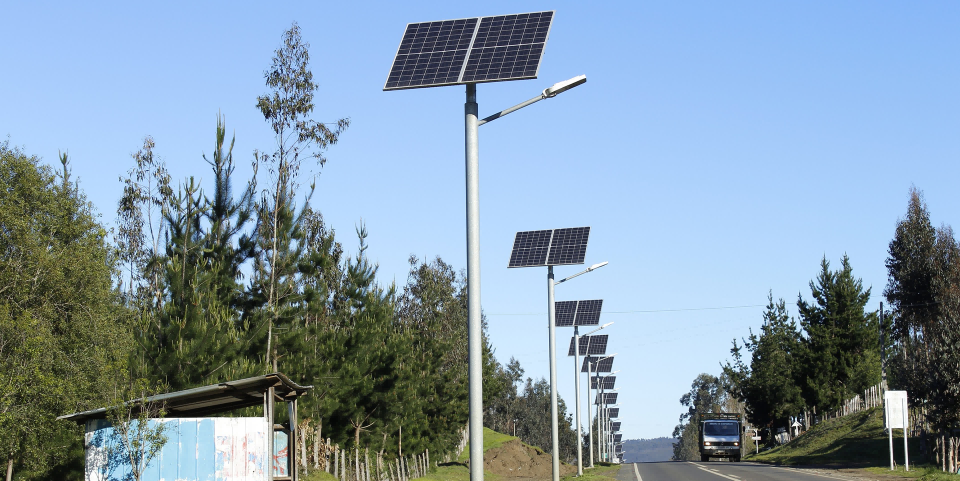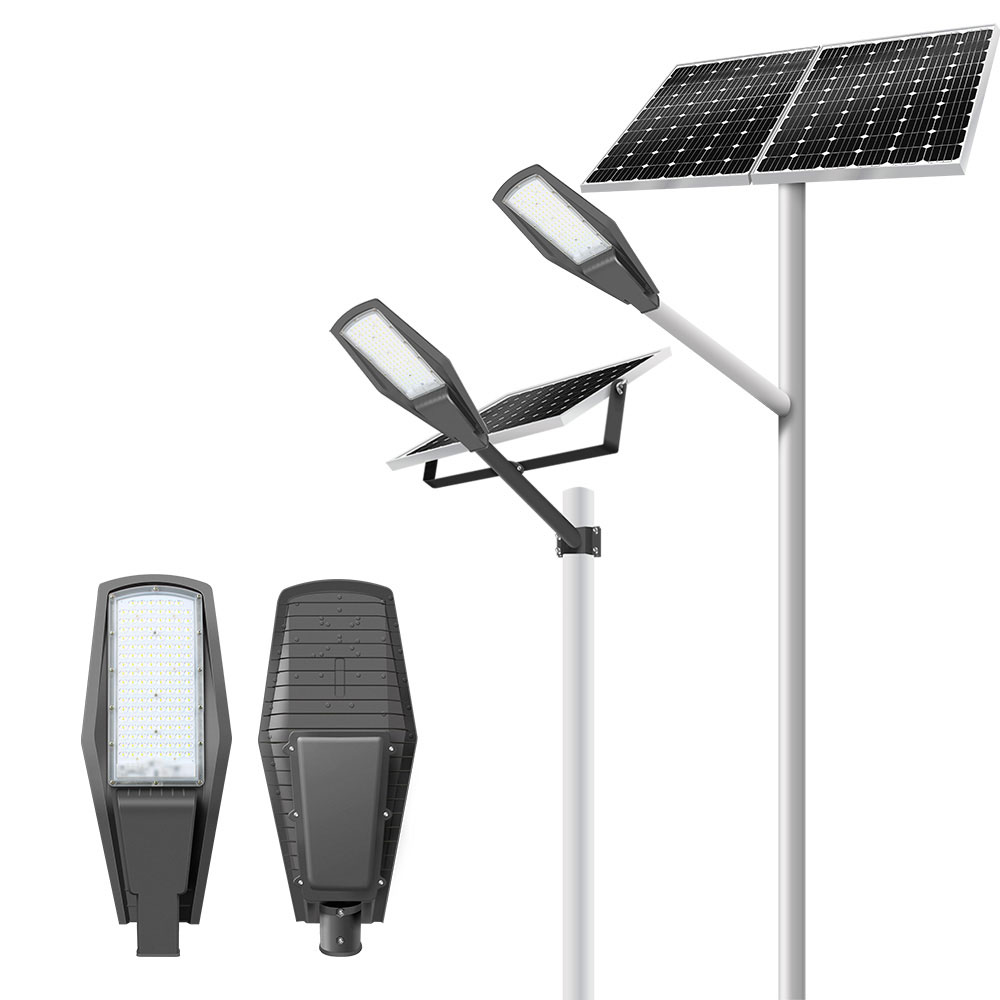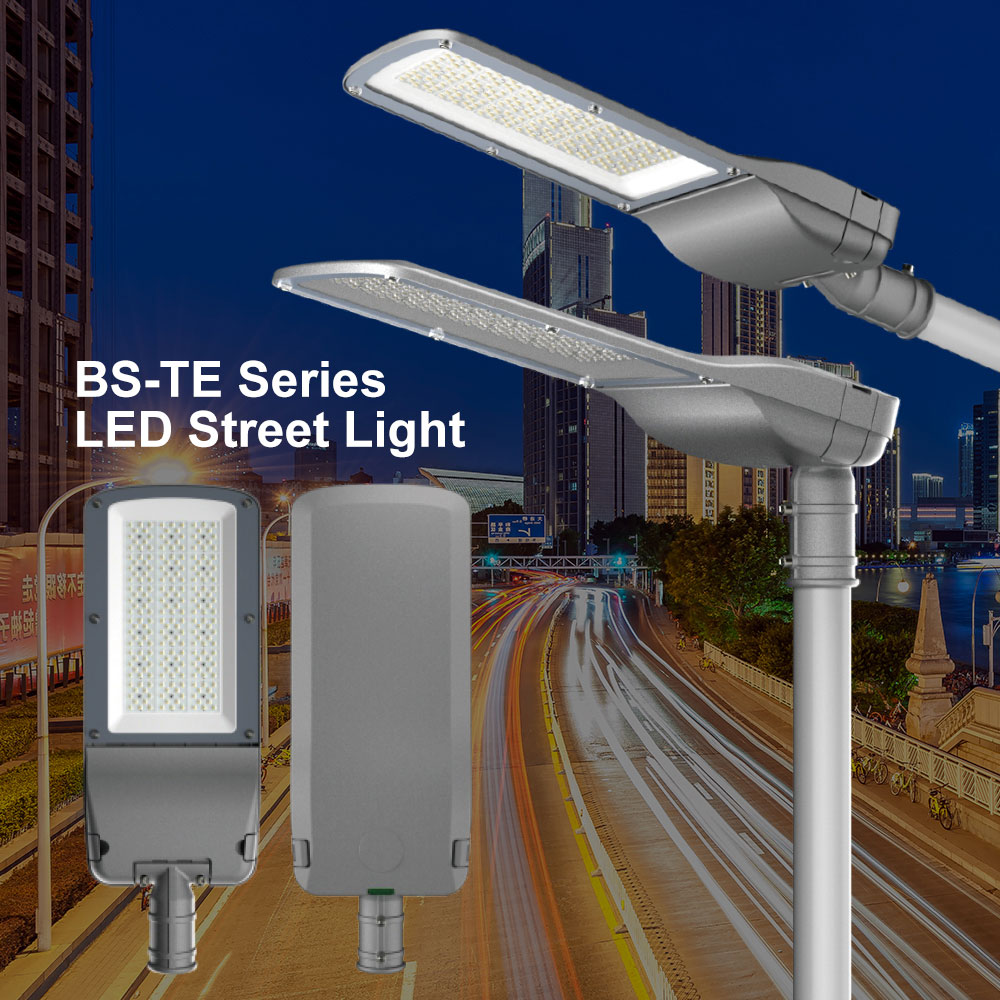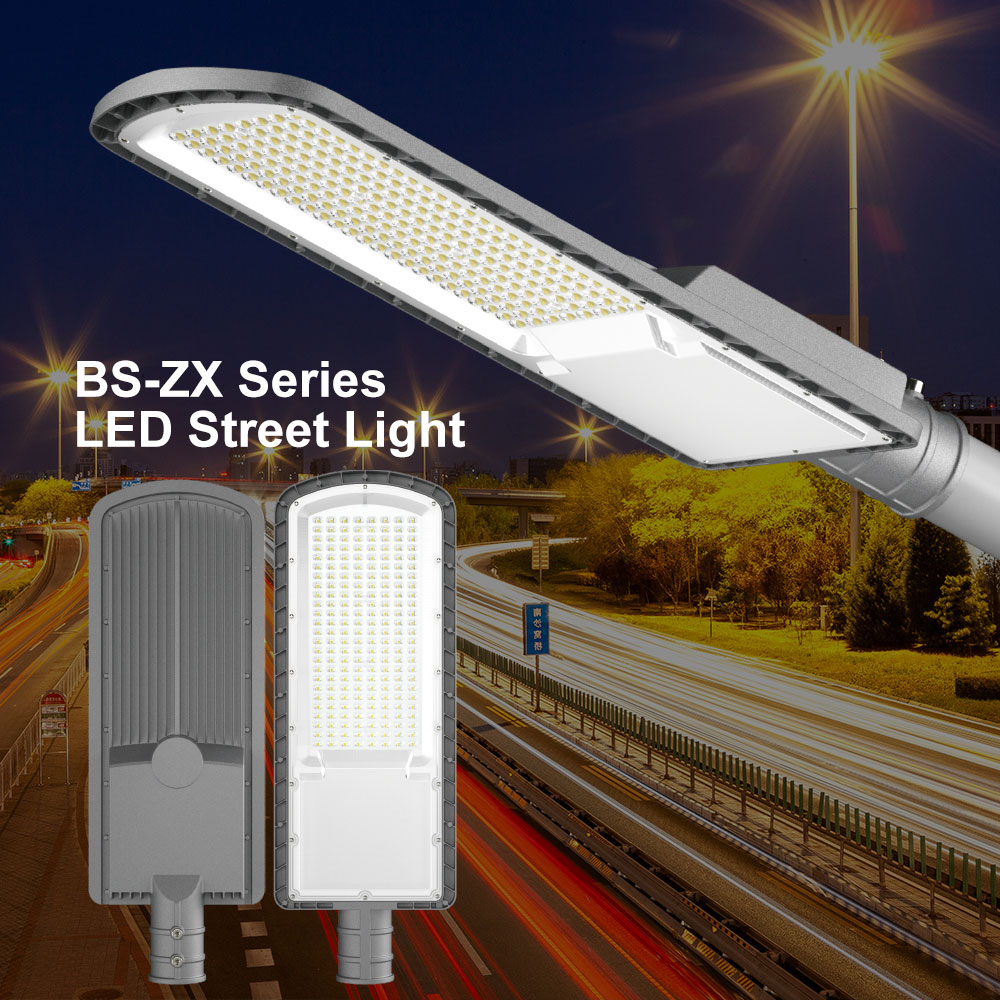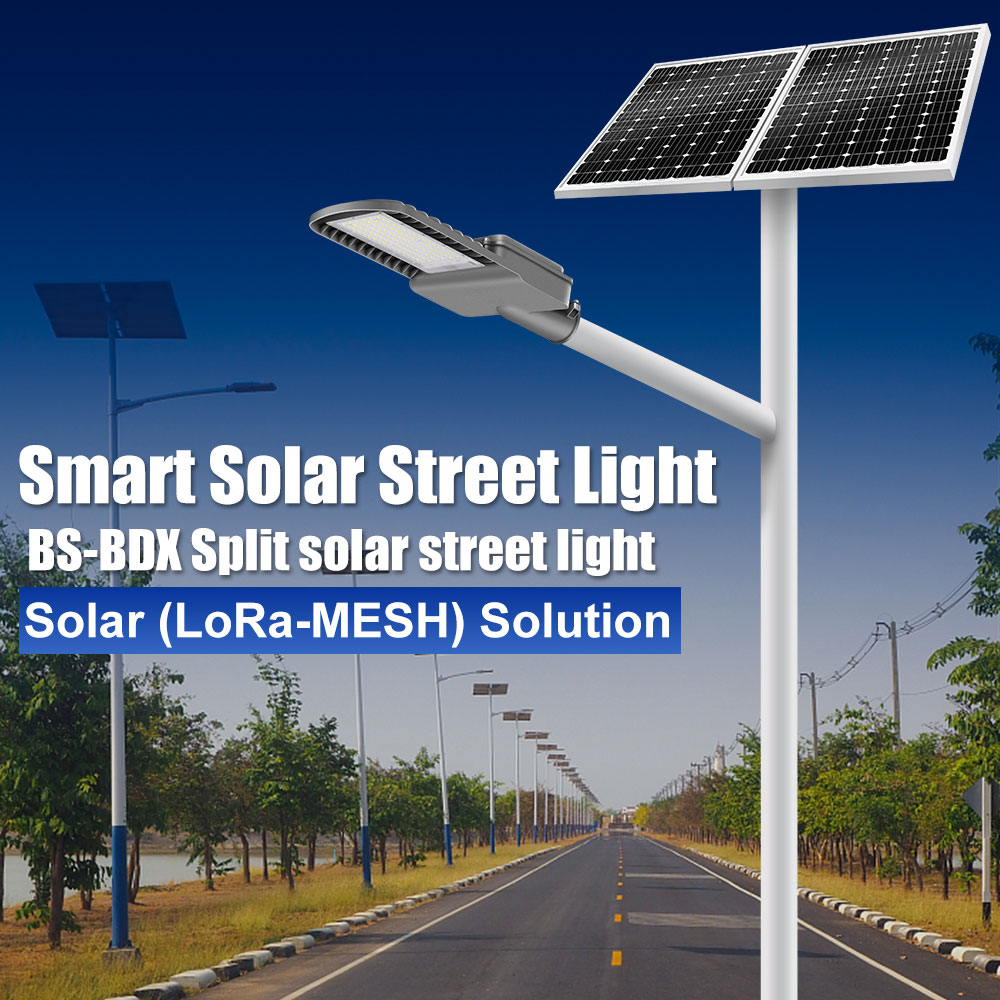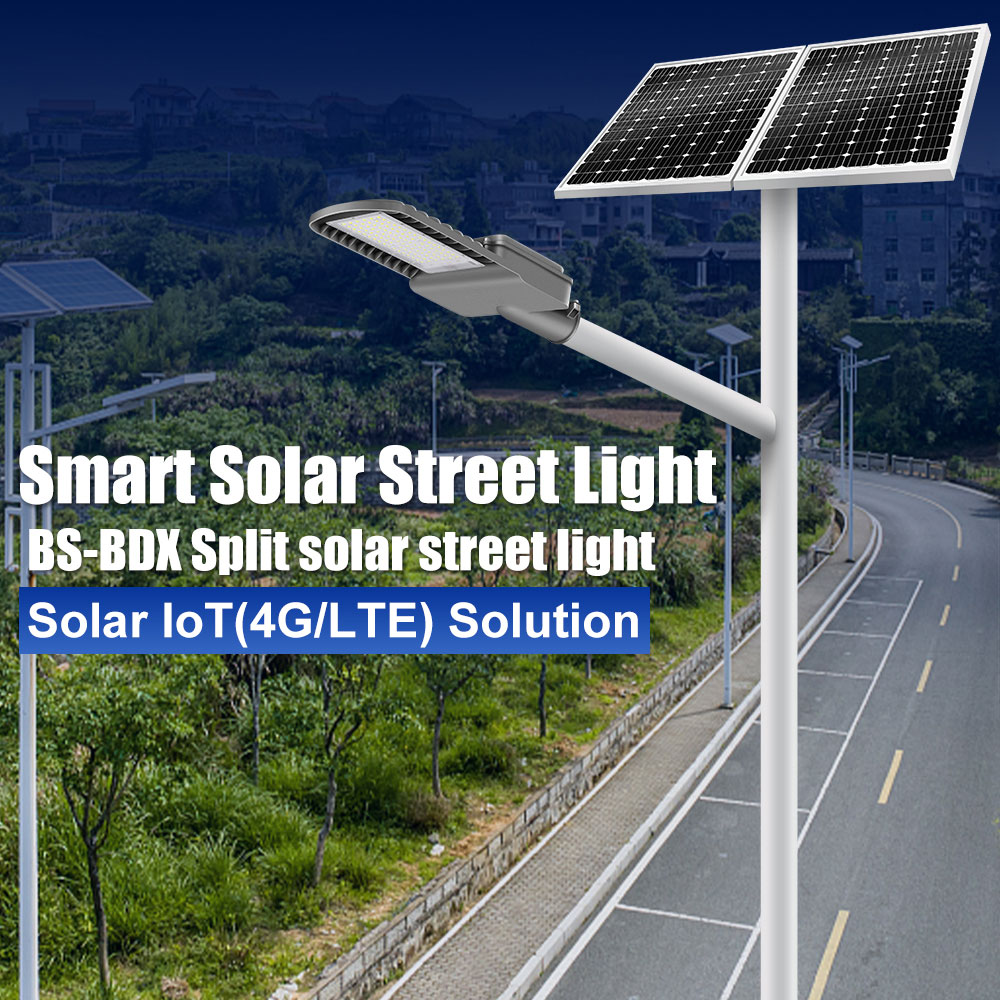Split Solar Street Light
-
Outstanding Features of Split LED Solar Street Light Compared to Others
| Feature | Split Solar LED Street Light | All-in-One / Integrated Solar Street Light |
| Design Flexibility | High – components can be individually selected and placed | Limited – fixed compact design |
| Heat Dissipation | Better – battery can be kept underground or in ventilated boxes | Poorer – battery near light source increases heat |
| Battery Capacity | Larger battery sizes possible | Limited by compact design |
| Solar Panel Size | Can be larger for higher efficiency | Size restricted by integration |
| Performance in Low Sunlight | Better – larger panel and battery support longer lighting hours | May run out of power in consecutive cloudy days |
| Maintenance | Easier to replace individual components | Entire unit may need replacement if one part fails |
| Installation Time | Longer and more labor-intensive | Faster and easier to install |
| Cost | Higher initial cost | Lower upfront cost |
| Application | Ideal for large roads, highways, and long-term projects | Best for small roads, residential areas, or temporary setups |

FAQs Of Split LED Solar Street Light
- What is a split solar LED street light, and how does it differ from an integrated one?
- A split LED solar street light has its main components—solar panel, LED lamp, battery, and controller—separated physically and connected by wires. In contrast, an integrated (all-in-one) light combines all parts into a single unit. Split-type solar street lighting systems offer more flexibility, larger solar panels and batteries, better heat dissipation, and superior performance in low sunlight areas.
- How long can a split solar street light operate at night?
- Most split solar street lights are designed to operate for 10–14 hours per night, depending on: Battery size and charge level, and solar panel efficiency. Lighting mode (e.g., full brightness or dimming). On average, a fully charged battery can power the LED light for 2–3 consecutive cloudy/rainy days.
- Can I customize the size of the battery or solar panel?
- Yes. One of the biggest advantages of split LED solar street lights is their customizability. You can choose: Larger panels for faster charging, bigger batteries for longer lighting durations, or higher-lumen LED lamps for brighter output. This makes split systems suitable for specific climates and application needs.
- What maintenance is required for a split-type solar LED street light?
- Clean the solar panel every few months to ensure efficiency.
- Check the battery every 6–12 months for wear or swelling.
- Inspect wiring and connectors periodically for corrosion or damage.
- Replace batteries after a few years, depending on usage and type.
- Where are split solar street lights best used?
- Highways and main roads
- Remote areas without grid access
- Industrial parks, airports, or government projects
- Large public parks or campuses They are especially useful in regions with an unstable power supply or extreme weather.
- What type of battery is better for split solar street lights: lithium or gel?
- Lithium-ion (LiFePO4) batteries are lighter, charge faster, have a longer life (3–5 years), and offer better performance in variable temperatures.
- Gel batteries are more affordable but heavier, slower to charge, and generally have a shorter lifespan (2–3 years).
- All BOSUN® solar street lights are equipped with the LiFePO4 battery.
- How can I ensure the solar panel receives enough sunlight?
- Install the panel facing true south (in the Northern Hemisphere) or true north (in the Southern Hemisphere).
- Tilt the panel at an angle equal to the local latitude for optimal exposure.
- Avoid shading from trees, buildings, or other poles during peak sunlight hours (10 a.m.–4 p.m.).
- What happens if the battery runs out during the night?
- If the battery is depleted, the split solar street light will dim or shut off automatically.
- It will recharge the next day when sunlight is available.
- Choosing the right battery and panel size helps prevent this, even during 3–5 consecutive cloudy days.
